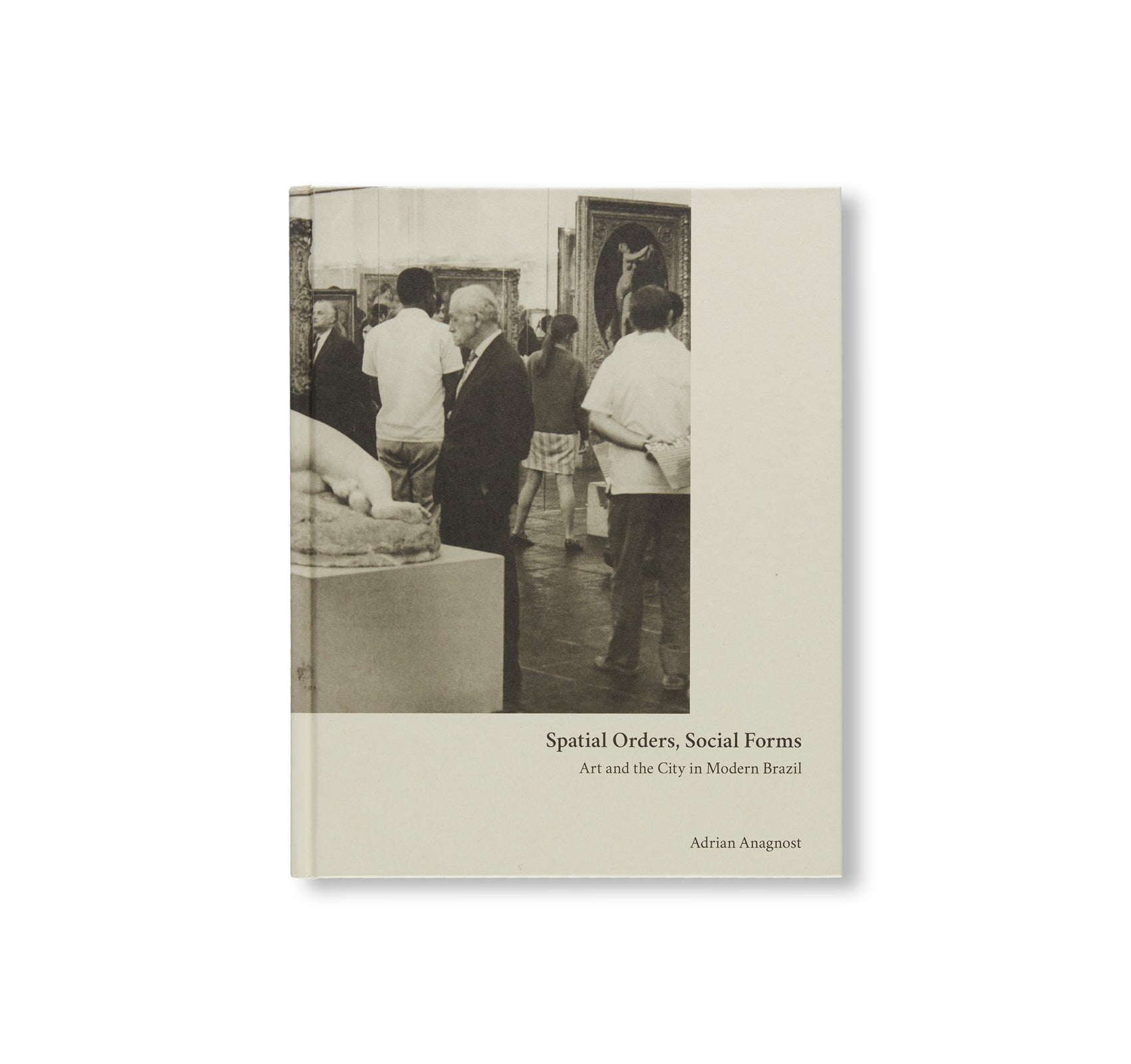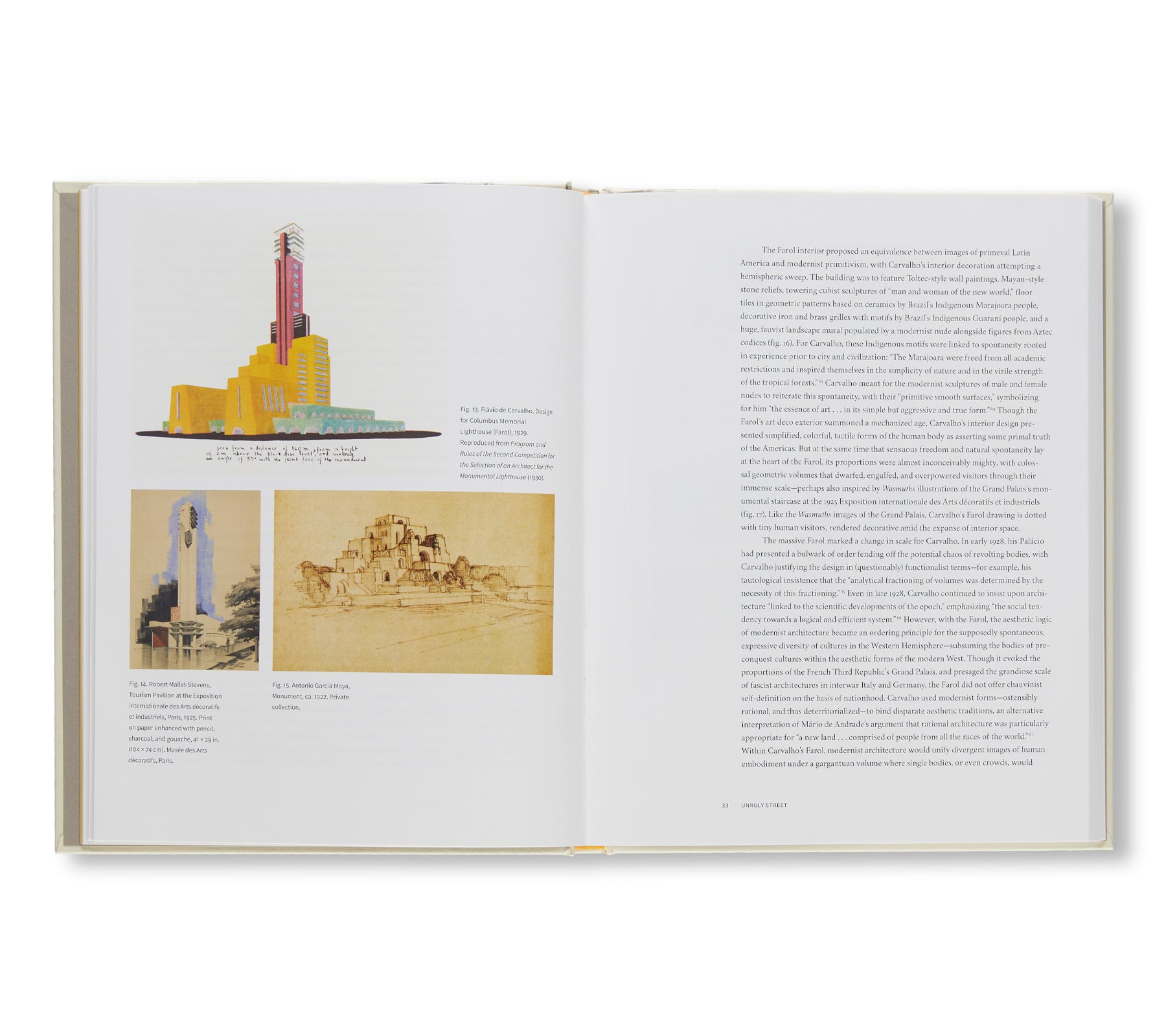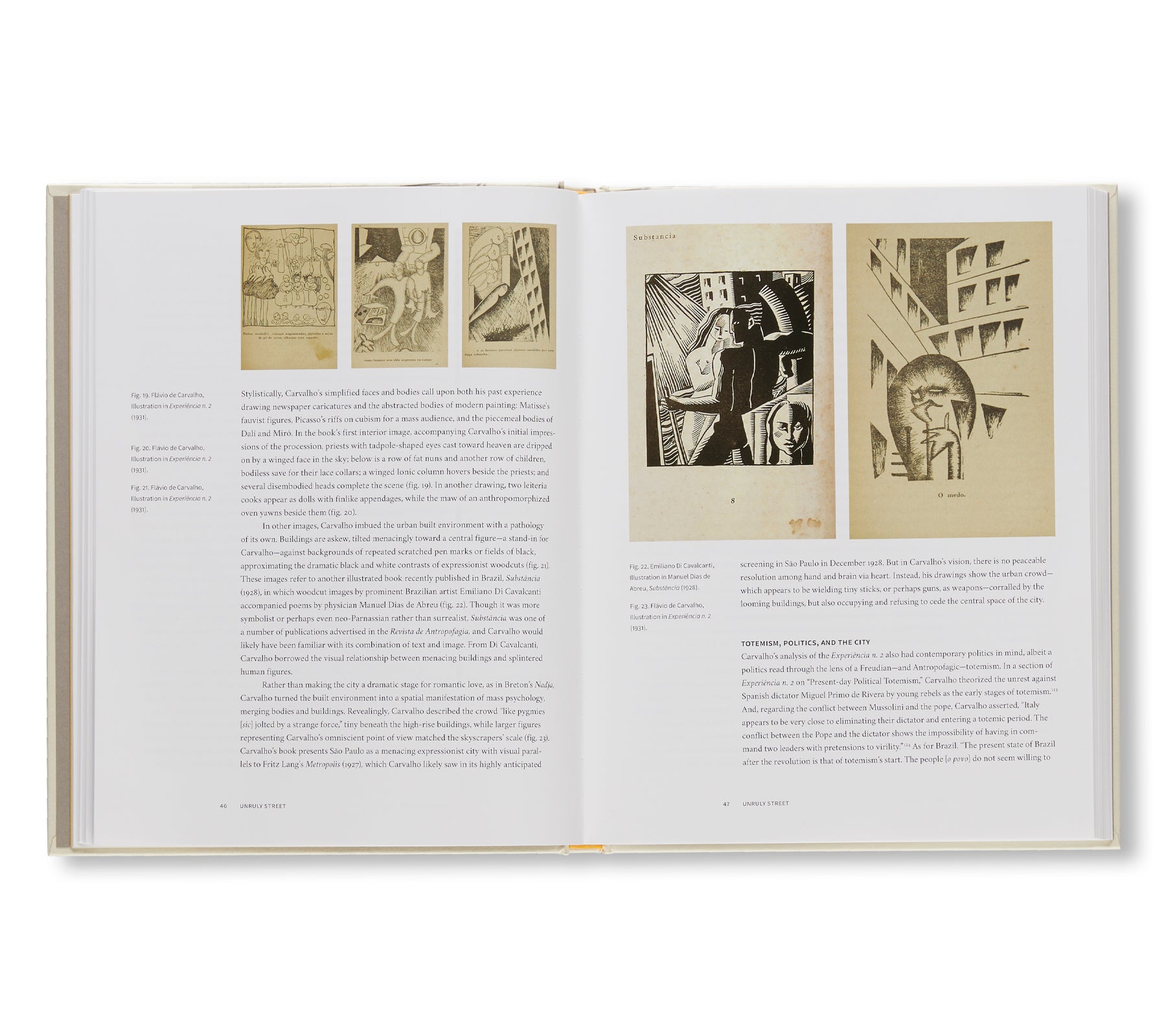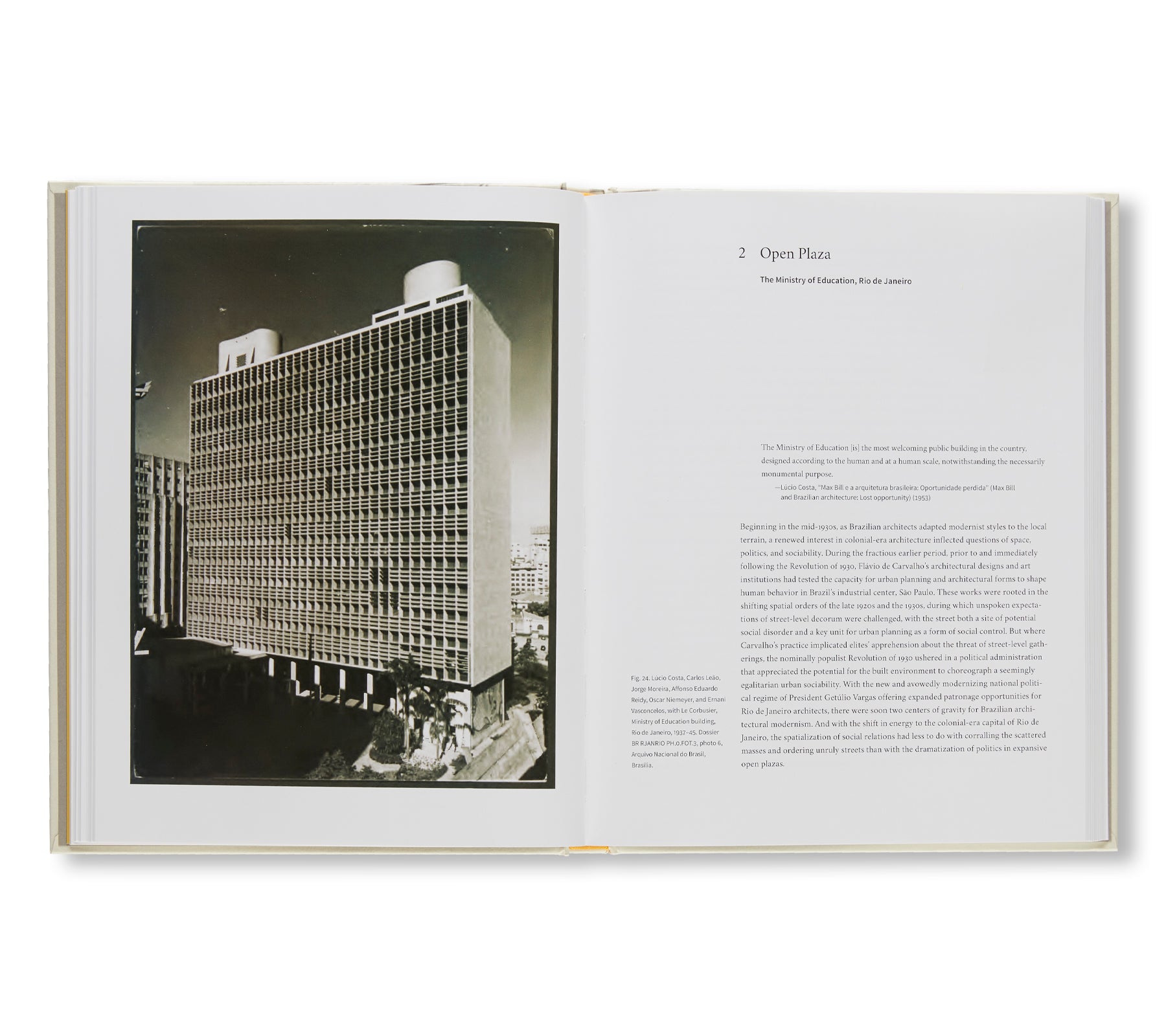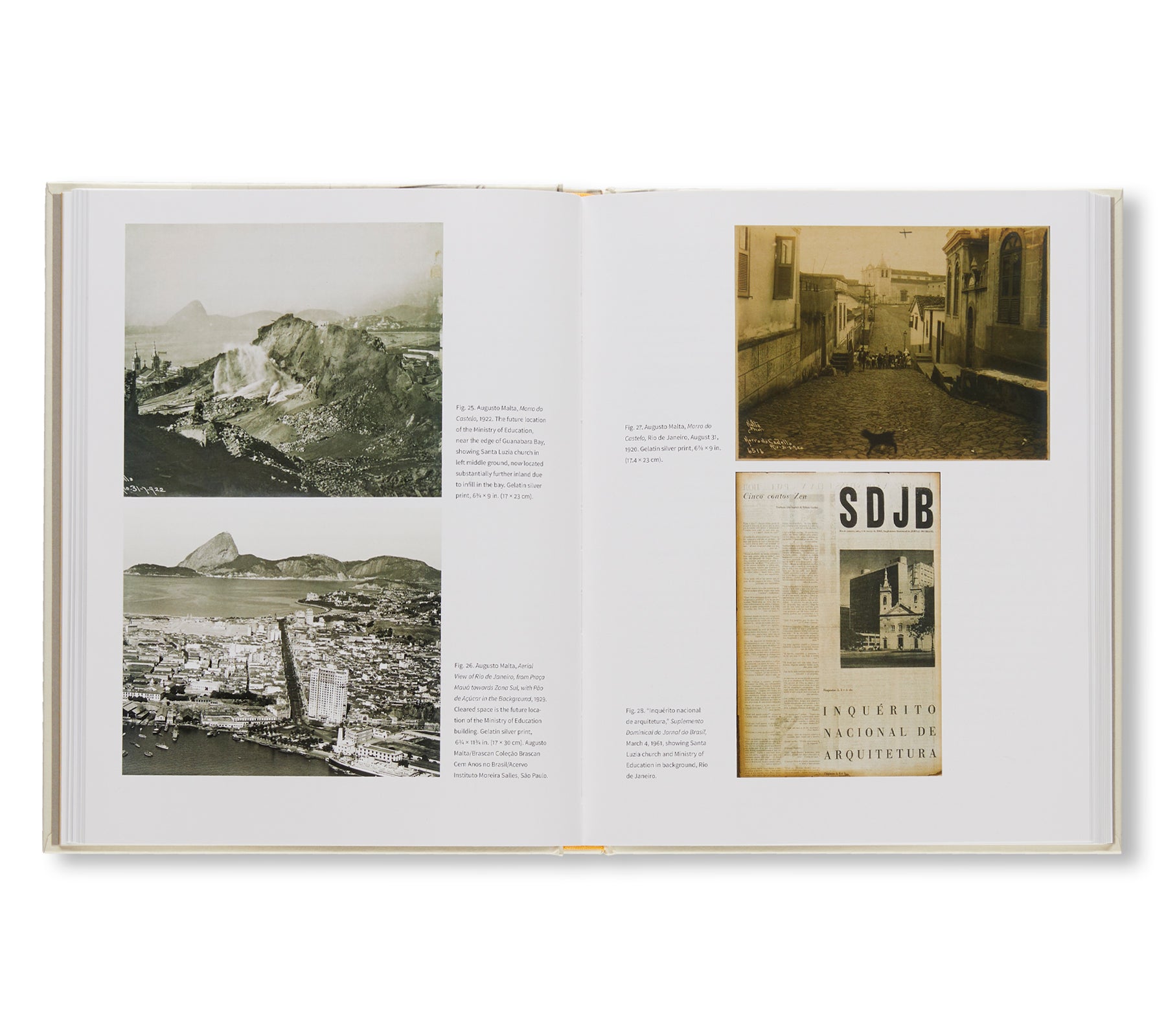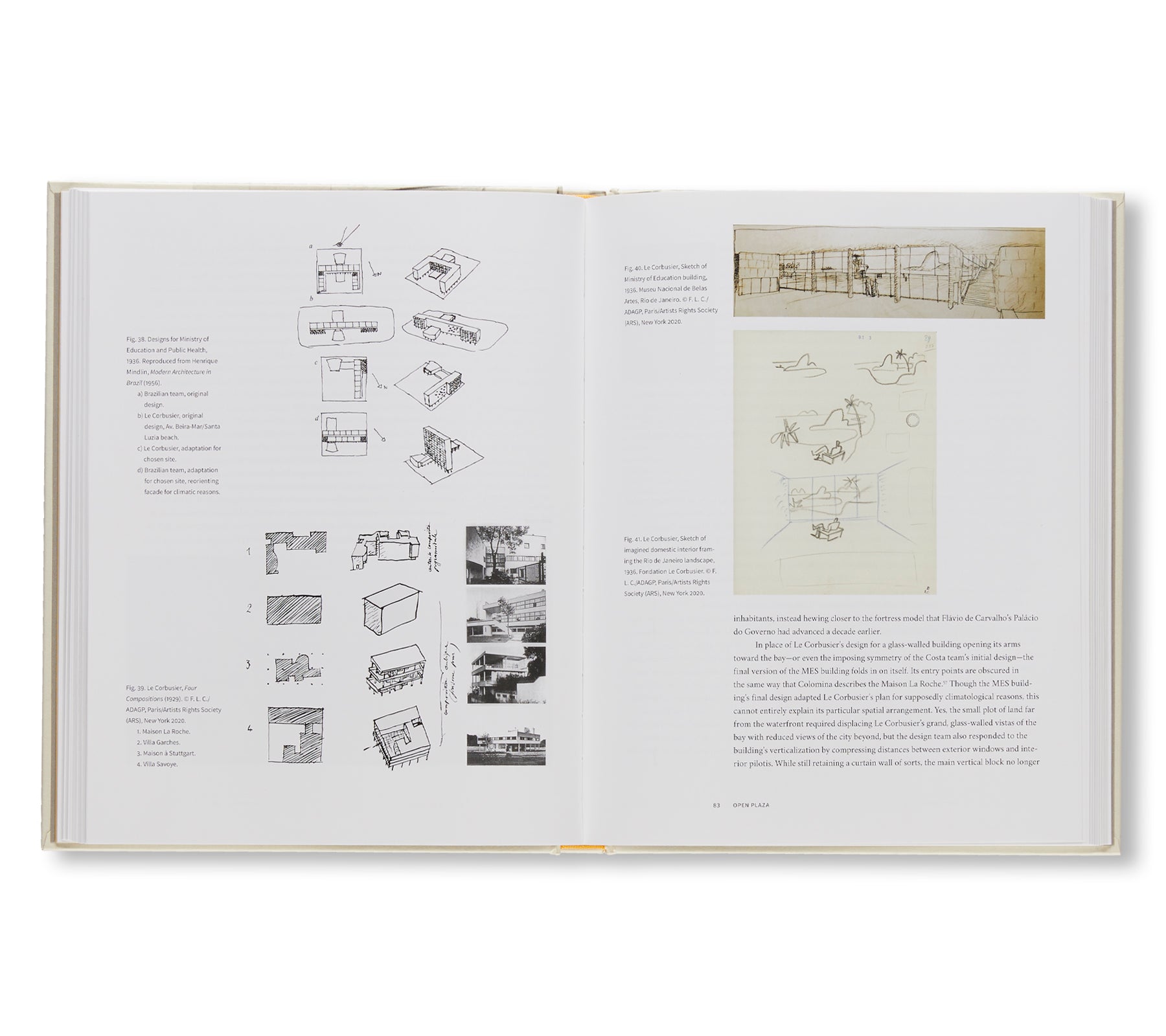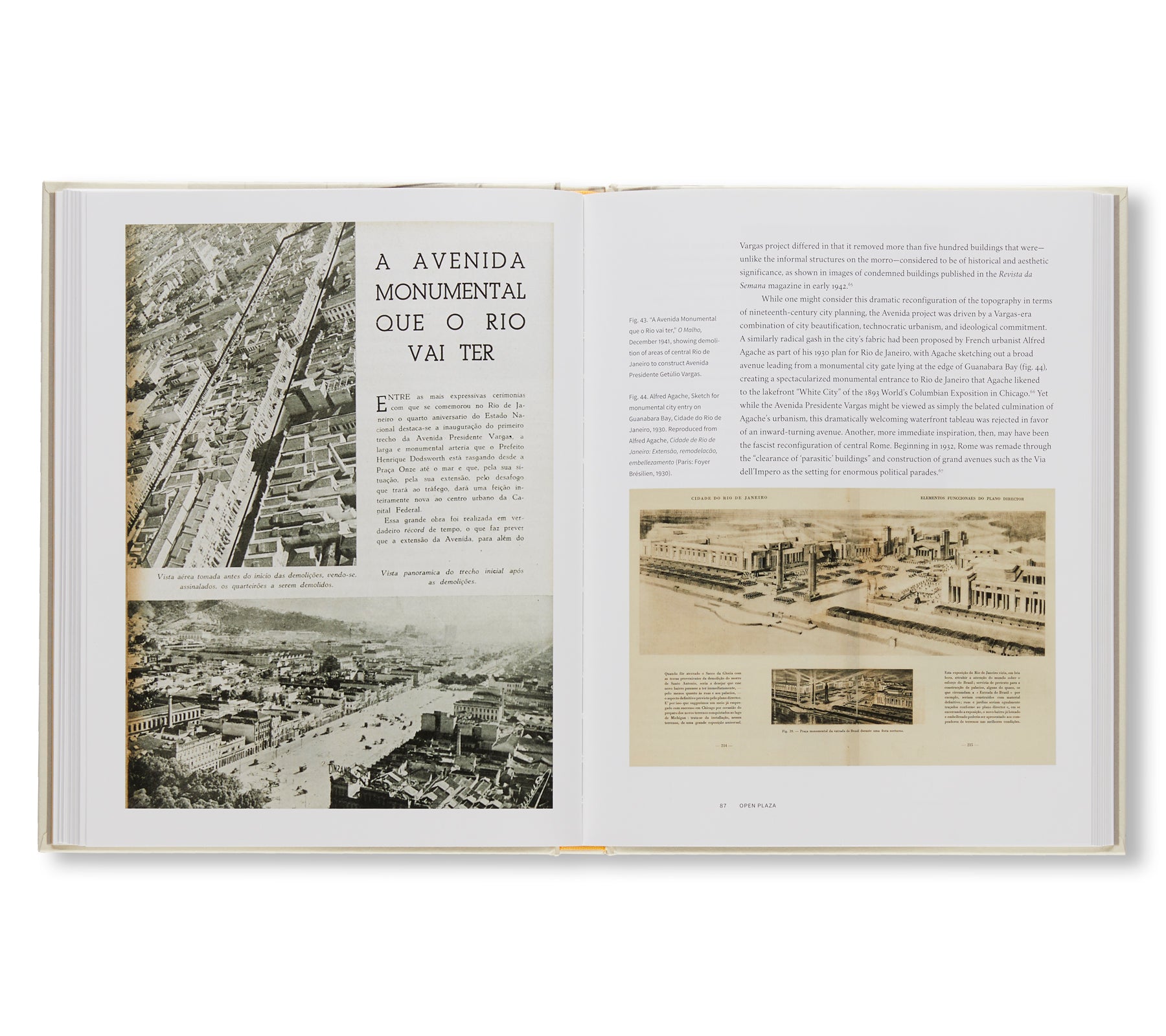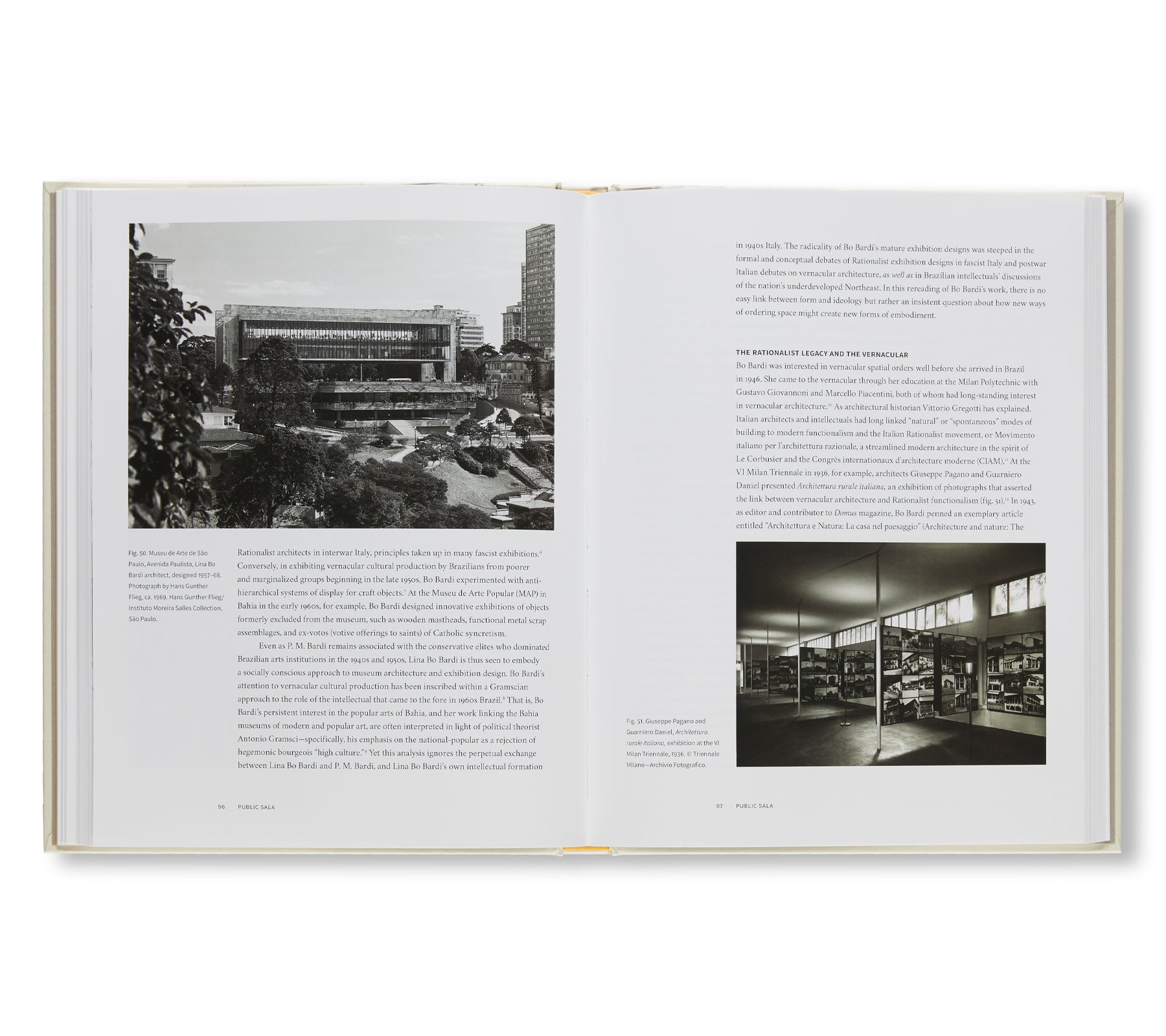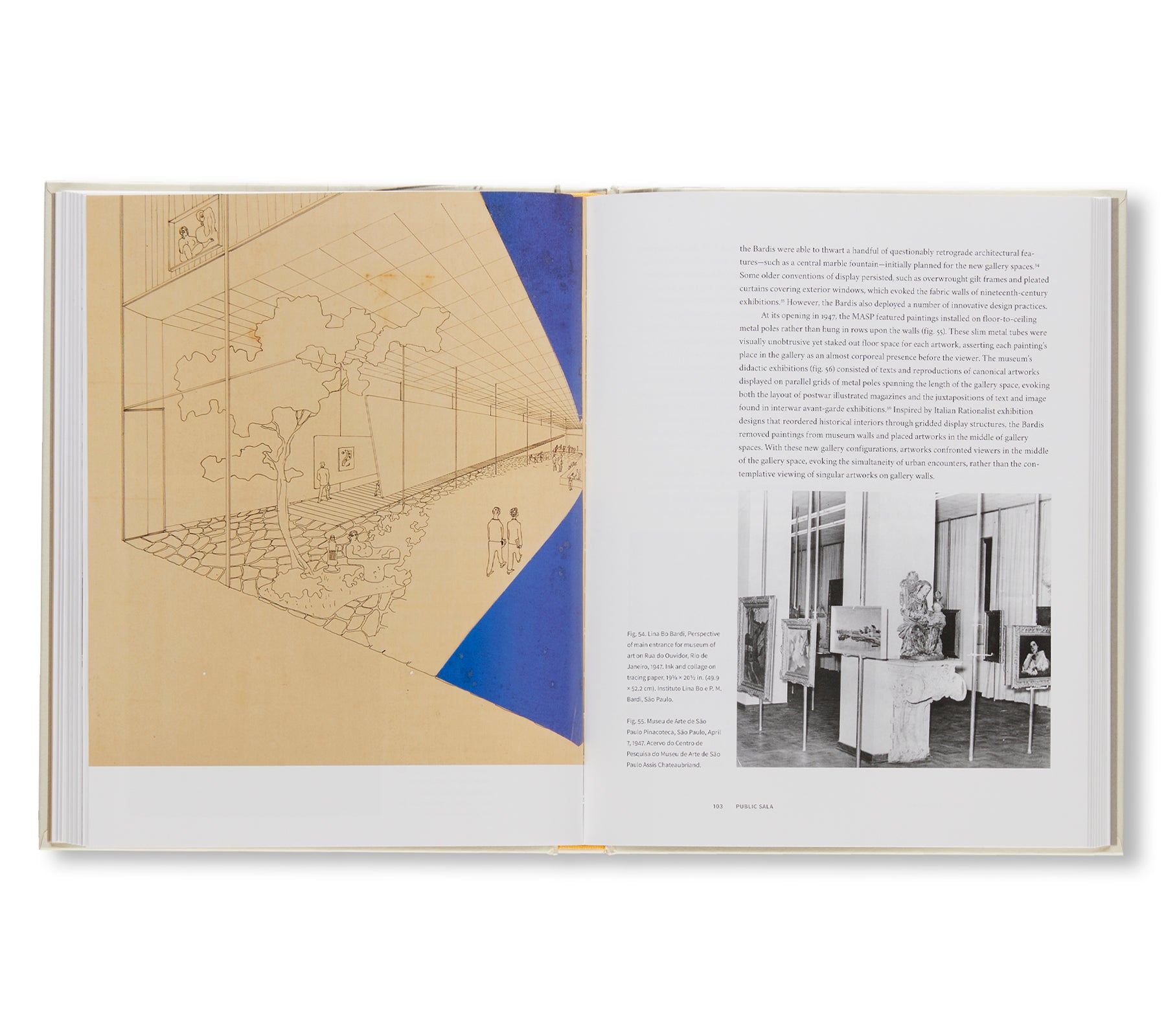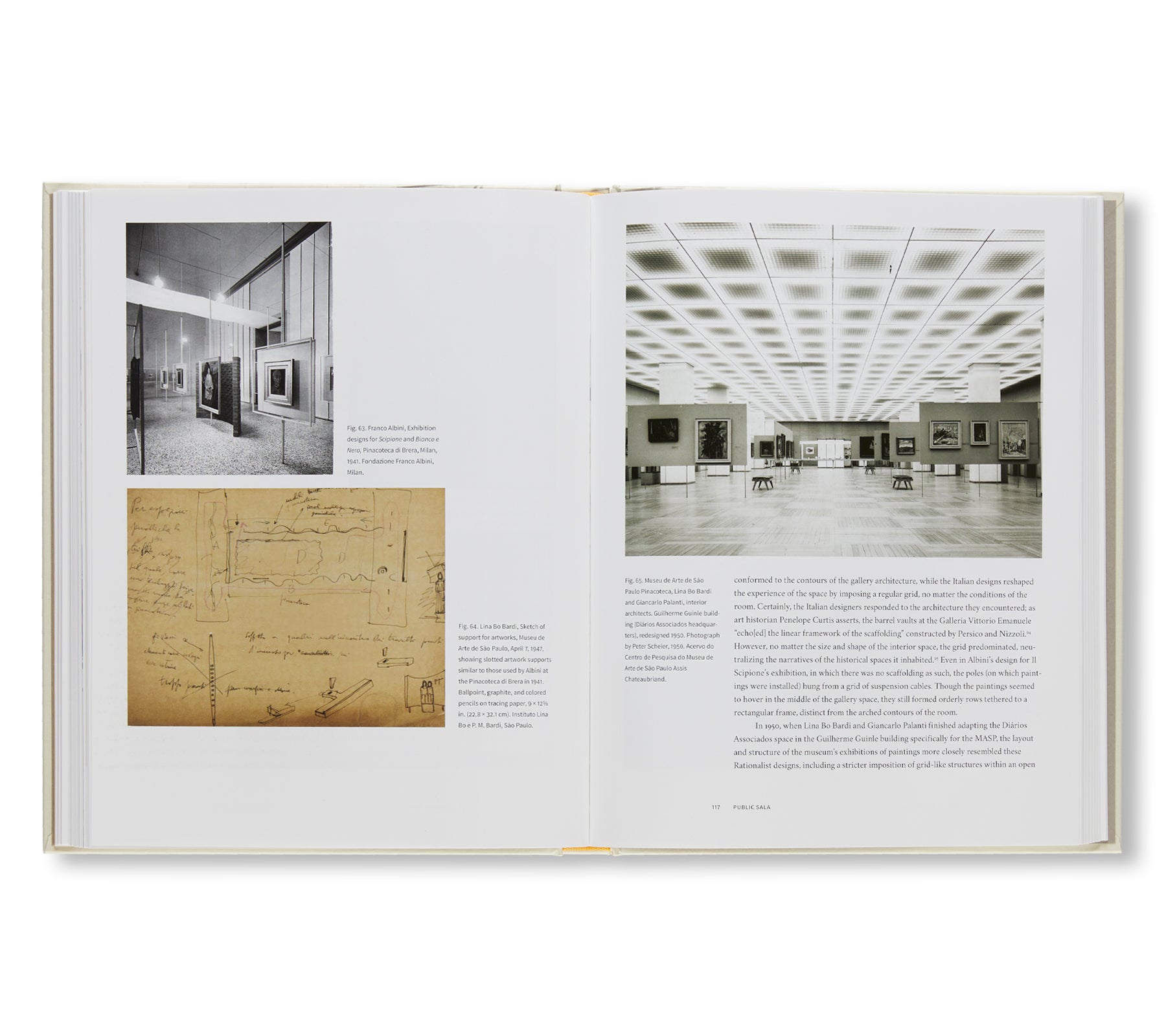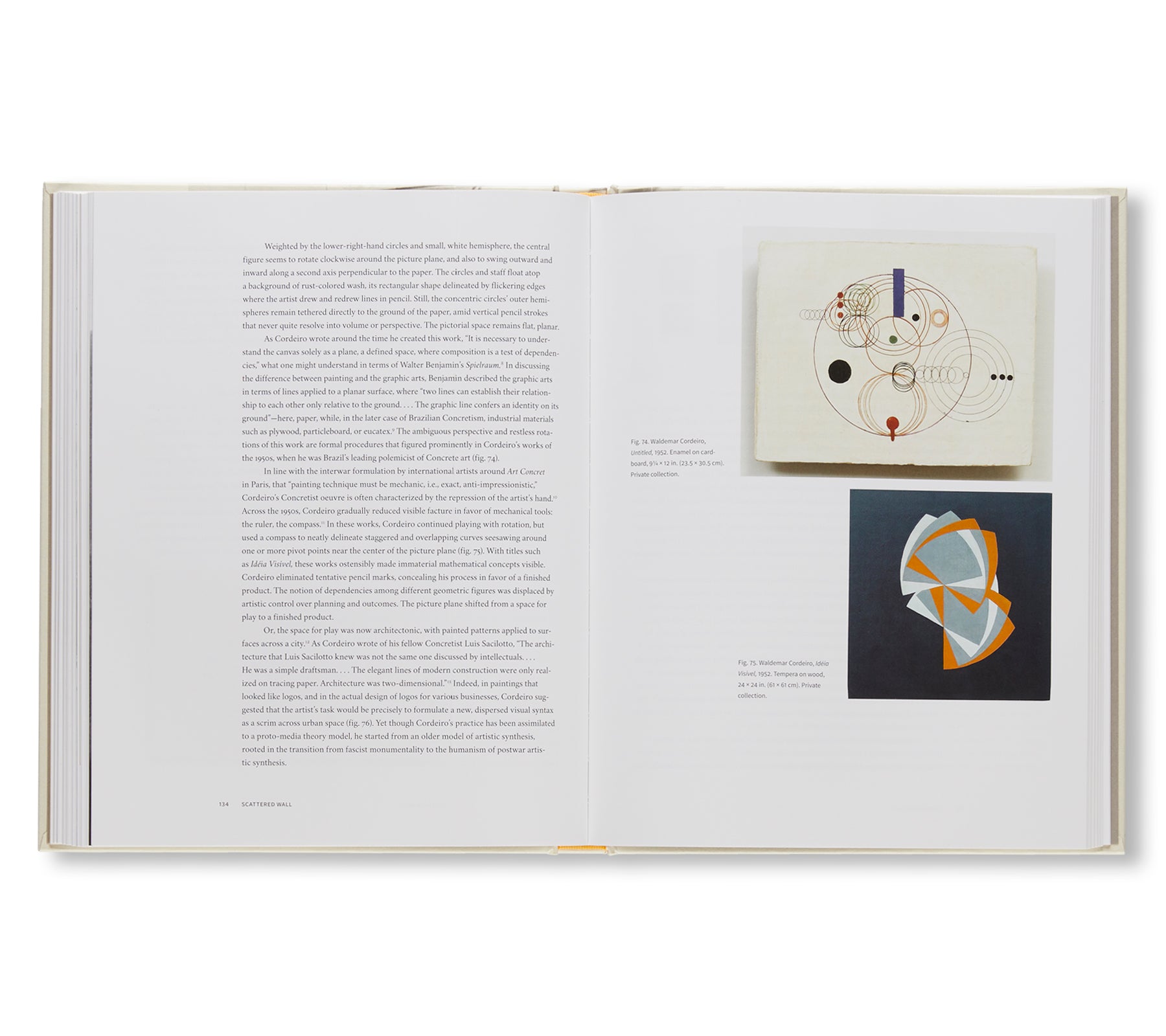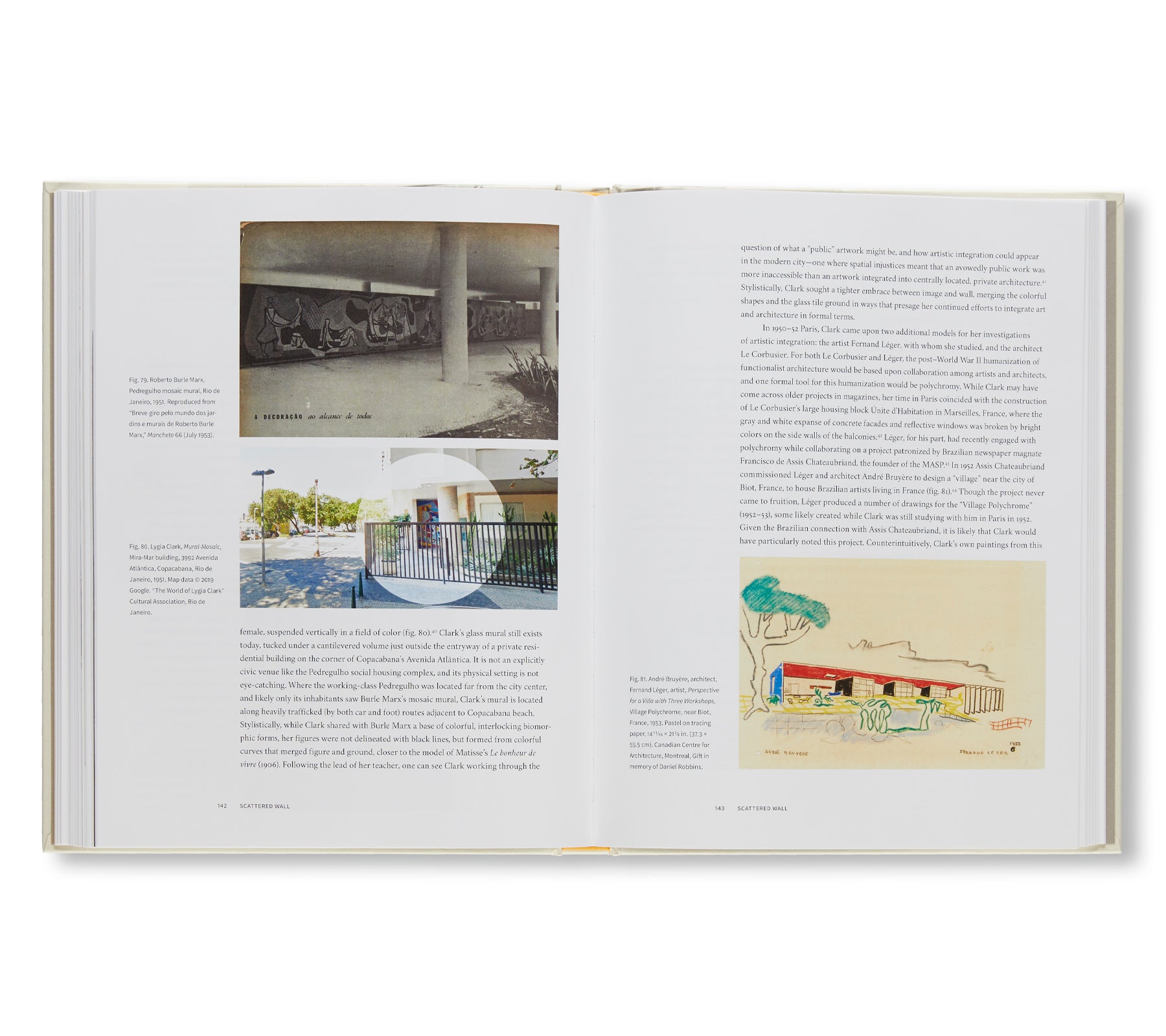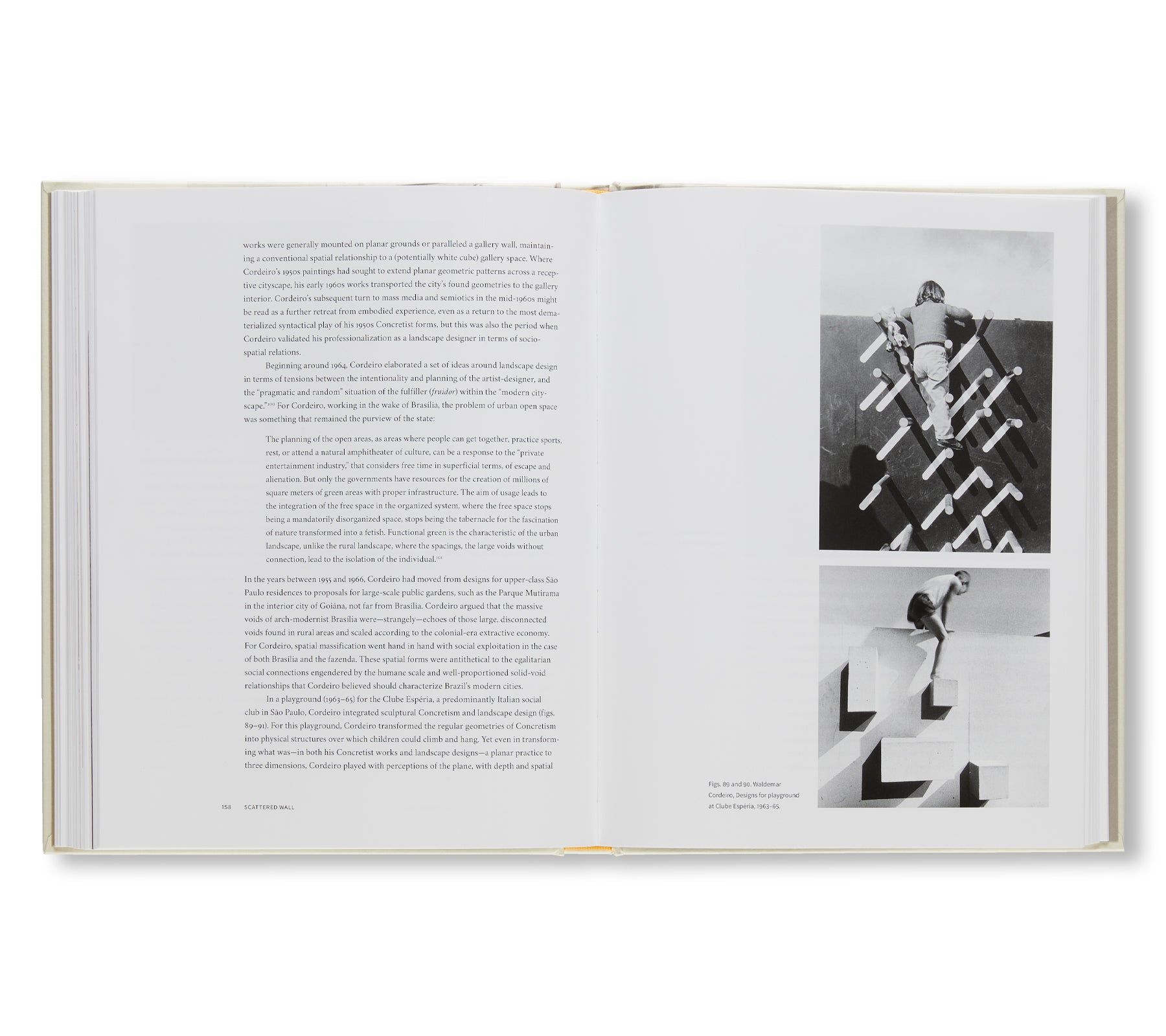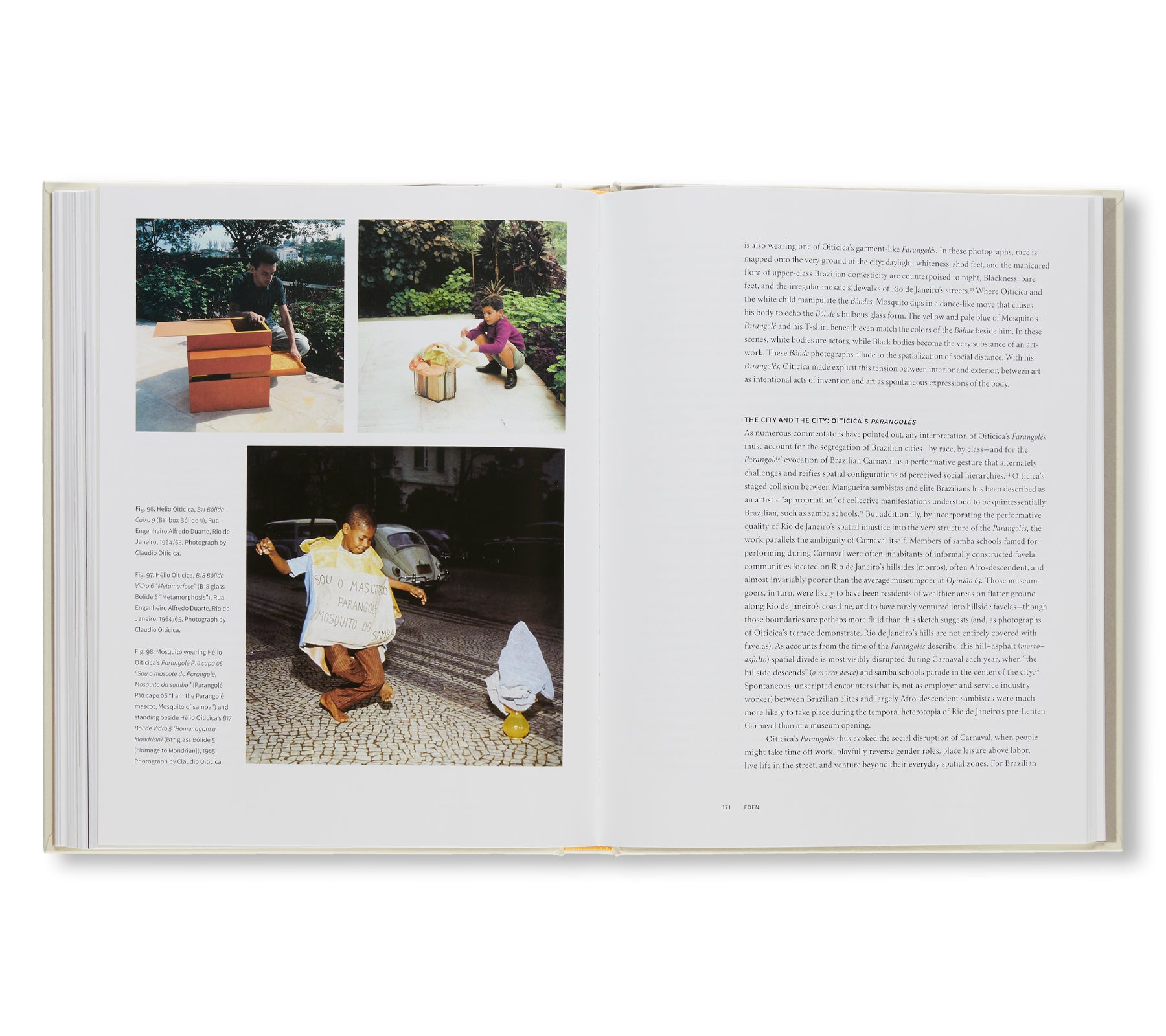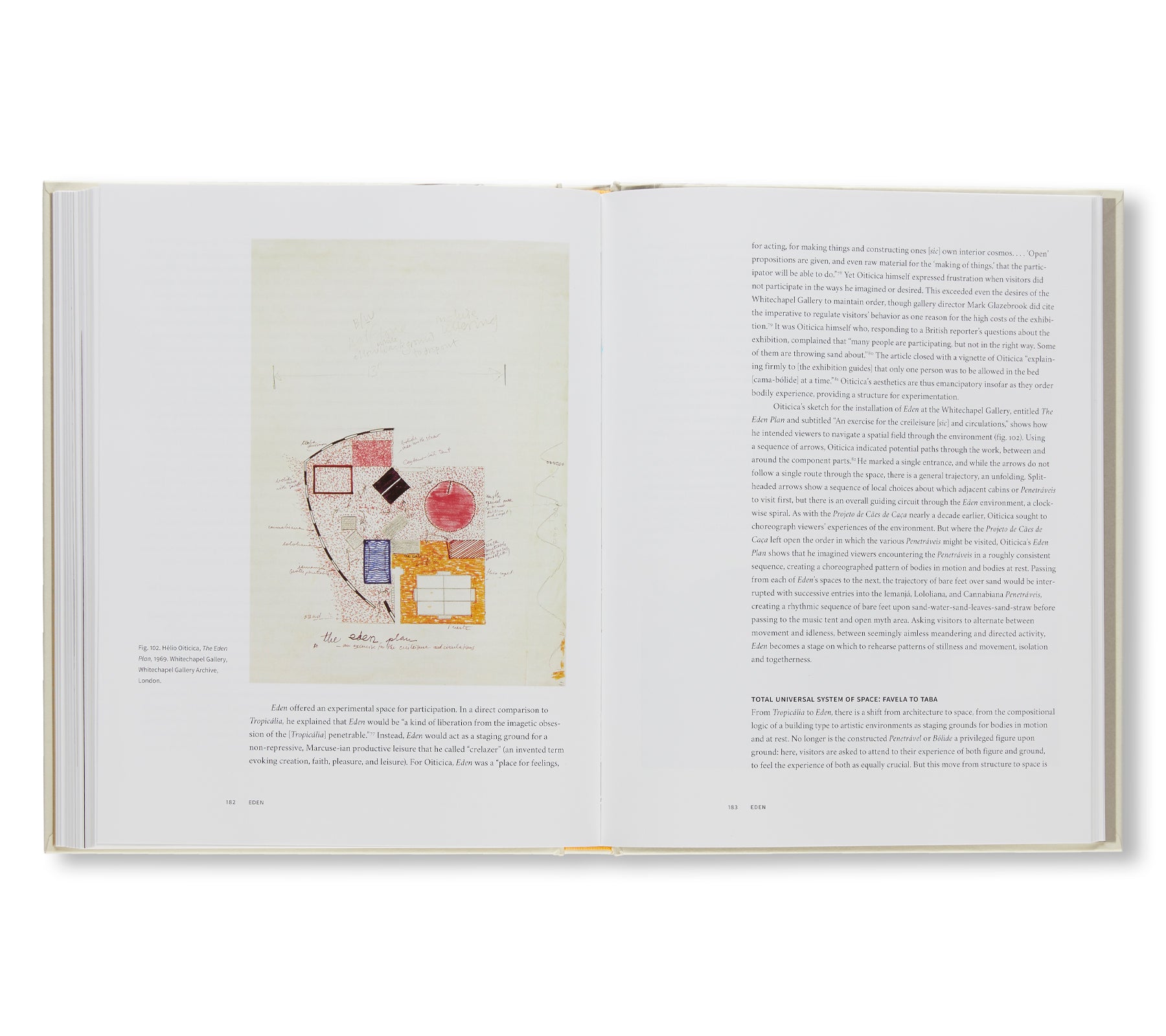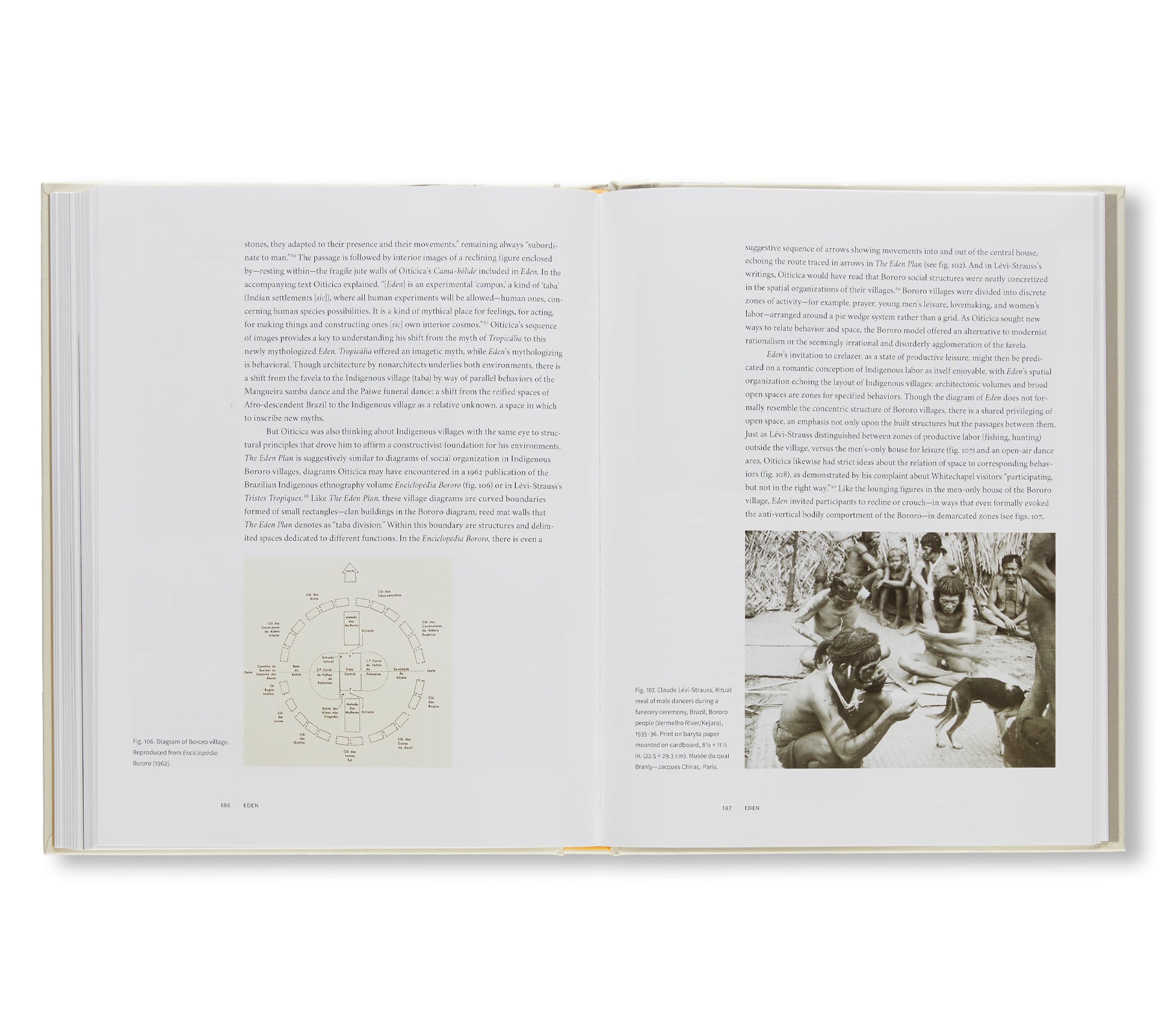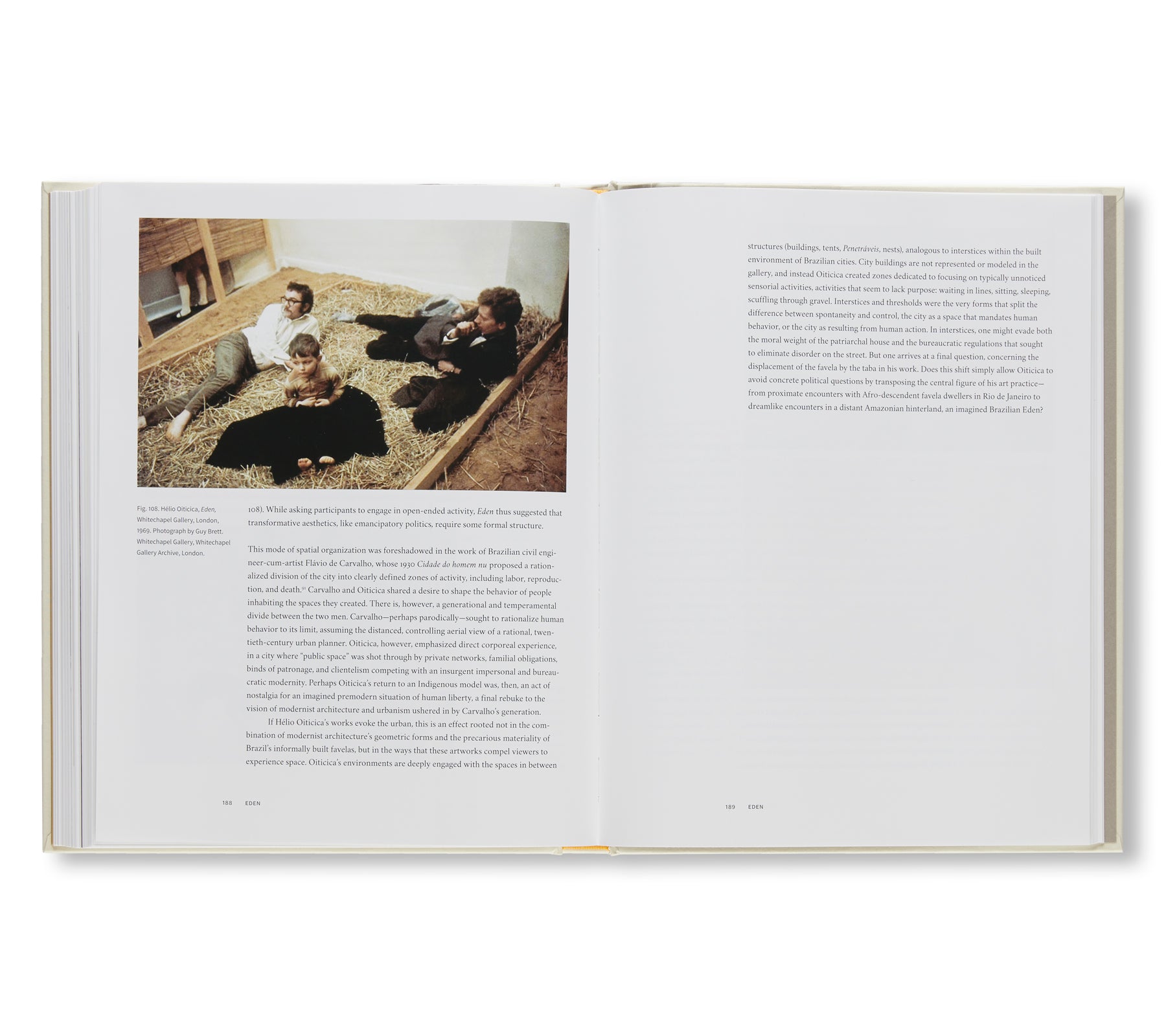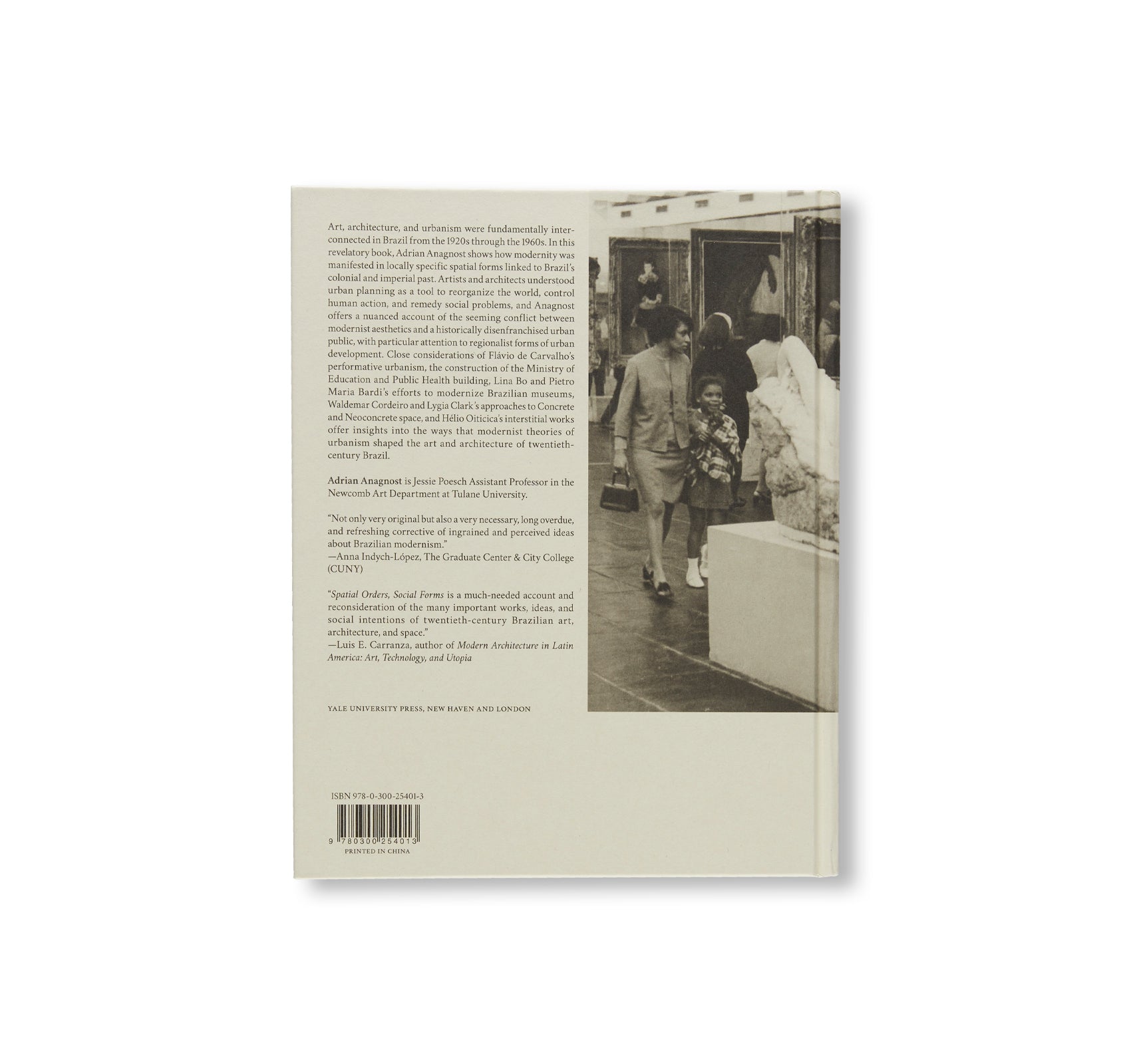SPATIAL ORDERS, SOCIAL FORMS
ブラジルの20世紀美術・建築におけるモダニズムの都市計画や空間理論を紹介する作品集。
1920年代から1960年代にかけてのブラジルにおける美術、建築、都市計画の相互関係を探り、著者のエイドリアン・アナグノスト(Adrian Anagnost)は、モダニティがいかにブラジルの植民地時代や帝国時代の過去と結びついた地域特有の空間形態に現れていたかを明らかにする。作者は、芸術家や建築家が都市計画、そして世界を再編成し、人間の行動を制圧し、社会問題を解決するツールとして理解する方法を論じ、モダニズムの美学と、主に貧困層や歴史的に権利を奪われた都市住民との間の一見した対立を、特に地方主義型の都市開発形態に注目しながら、ニュアンスを与えて論考している。建築家、アーティストのフラビオ・デ・カルバーリョ(Flávio de Carvalho)によるパフォーマティブ・アーバニズムと教育・保健省ビルの建設、建築家のリナ・ボ・バルディ(Lina Bo Bardi)と美術評論家兼アート・ディーラーの夫、ピエトロ・マリア・バルディ(Petro Maria Bardi)によるブラジルの美術館の近代化への取り組み、アーティストのエリオ・オイチシカ(Hélio Oiticica)の介在させた作品などのプロジェクトの一連の事例で構成されており、現代の都市論が20世紀ブラジルの芸術と建築をいかに形成したかについての画期的な洞察に満ちた研究である。
A fascinating look at modernist urban planning and spatial theories in Brazilian 20th-century art and architecture
Exploring the intersections among art, architecture, and urbanism in Brazil from the 1920s through the 1960s, Adrian Anagnost shows how modernity was manifested in locally specific spatial forms linked to Brazil’s colonial and imperial past. Discussing the ways artists and architects understood urban planning as a tool to reorganize the world, control human action, and remedy social problems, Anagnost offers a nuanced account of the seeming conflict between modernist aesthetics and a predominately poor and historically disenfranchised urban public, with particular attention to regionalist forms of urban development. Organized as a series of case studies of projects such as Flávio de Carvalho's performative urbanism, the construction of the Ministry of Education and Public Health building, Lina Bo and Pietro Maria Bardi's efforts to modernize Brazilian museums, and Hélio Oiticica's interstitial works, this study is full of groundbreaking insights into the ways that modernist theories of urbanism shaped the art and architecture of 20th-century Brazil.
